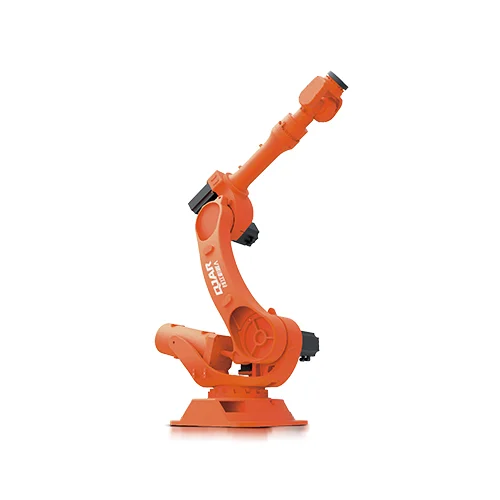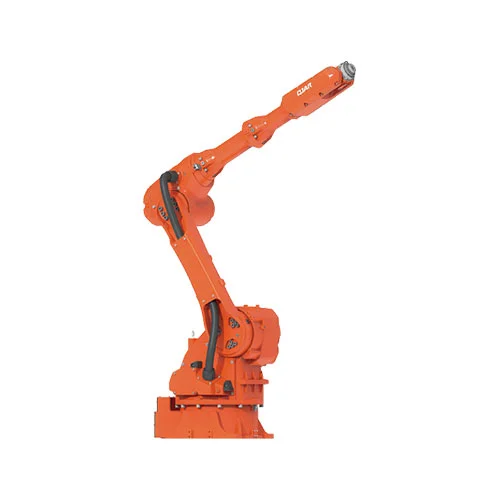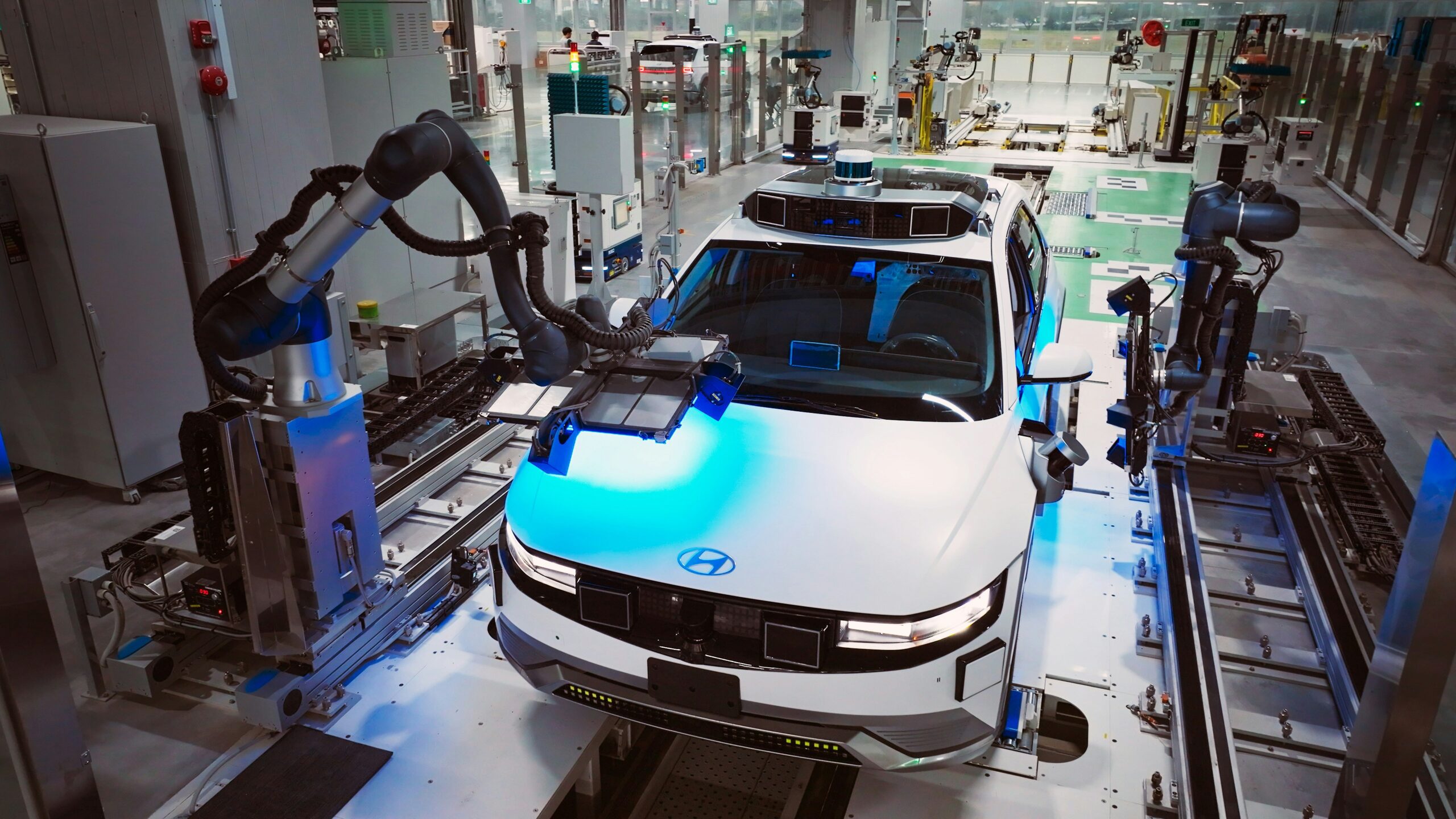Introduction
The industrial applications have been profoundly transformed by the evolution of robotics, which has also altered the manufacturing and production landscape. Automation of robotics improves efficacy and accuracy by delivering streamlined procedures that minimize human fallibility. Due to their distinct functionalities and the synergy they generate when utilized in tandem, polishing robots and pick and place robots stand out among the numerous types of robots utilized in industrial settings.
The Intent of the Article
This article examines the complementary capabilities of polishing robots and pick and place robots across a range of industrial contexts. By comprehending their distinct functionalities and the manner in which they collaborate, one can acknowledge the substantial enhancements they impart to manufacturing processes, thereby augmenting both output velocity and product excellence.
Understanding the Definition and Function of Polishing Robots
Particularly engineered robotic arms, polishing robots are capable of applying a polish to an extensive range of surfaces. Through the implementation of advanced sensors and programming, these robots achieve a level of precision and consistency that is often difficult to maintain manually. They are capable of manipulating a variety of shapes and materials, guaranteeing a consistently polished and smooth outcome.
Technological Progressions
The versatility and efficiency of polishing robot technology have increased recently. Modern polishing robots require minimal reprogramming to accommodate a variety of surfaces and tasks. By employing sophisticated algorithms to regulate their speed and pressure, they guarantee optimal outcomes while preventing any harm to the material. Utilizing polishing robots results in increased output, improved quality consistency, and decreased labor expenses.

Case Study: Robotic Arm QJR210-1
The QJR210-1 robotic arm serves as a paradigmatic illustration of a powerful polishing robot. Its essential characteristics include:
Carrying capacity: 210 kg
Spread: 2688 mm
Accuracy of repeat positioning: ±0.2mm
Welding, palletizing, polishing and grinding, handling, assembly, and loading and unloading are among the many applications for which the QJR210-1 is appropriate. It is ideal for heavy-duty tasks due to its large armspan and high payload, and its precision guarantees a high-quality finish.
Understanding the Definition and Function of Pick and Place Robots
The purpose of pick-and-place robots is to transport objects from one location to another. Automating processes requires these robots, which execute repetitive duties with precision and velocity. Instances where precise placement is required include packaging, assembly, sorting, and other similar operations.
Technological Progressions
Technological advances in pick and place robots have centered on enhancing velocity, precision, and adaptability. Vision systems integrated into contemporary pick and place robots enable them to distinguish and arrange objects of diverse dimensions and shapes. Programmable to perform a variety of tasks, they are exceptionally adaptable in manufacturing environments. Utilizing pick and place robots results in decreased cycle times, increased output, and improved product consistency.

Case Study: The Robotic Arm QJR10-2000
Contemporary pick and place robots are aptly demonstrated by the QJR10-2000 robotic arm. Crucial specifications comprise:
10 kg of payload
Spread: 2001 mm
Accuracy of repeat positioning: 0.05mm
The flexibility-oriented QJR10-2000 offers two installation options: ceiling or ground. It is suitable for loading and unloading, handling, sorting, assembly, welding, and painting due to its high speed and accuracy. Its high repeatability and compact design guarantee precise and effective operation in a variety of applications.
Complementary Functions of Polishing Robots and Pick and Place Robots Working in Harmony
In industrial environments, pick and place robots and polishing robots frequently collaborate to accomplish supplementary tasks that optimize production processes. Pupils and components are moved using pick and place robots, whereas polishing robots guarantee that surfaces are completed to an exceptional standard. This integration guarantees that refined components are positioned expeditiously and precisely for the subsequent phase of manufacturing, thereby augmenting overall efficacy.

Effectiveness and Accuracy
The integration of pick and place robots and polishing robots enables manufacturers to attain elevated levels of efficiency and accuracy. Pick and place robots ensure that these polished components are positioned accurately along the production line, whereas polishing robots offer consistent, high-quality finishes. This collaborative effort minimizes errors, streamlines operations, and accelerates the manufacturing process as a whole.
Examples of Case Studies
Numerous sectors have effectively incorporated pick and place robots and polishing robots, resulting in substantial advantages. In the automotive industry, for instance, pick and place robots are responsible for the assembly of these panels, whereas polishing robots are utilized to finish car body panels. Enhanced quality control and accelerated production times are results of this integration. Pick and place robots are used in the electronics industry to precisely assemble electronic components, while polishing robots are used to finish their surfaces. These case studies illustrate the pragmatic benefits of combining the operations of both types of robots.
Key Performance Indicators
Speed, accuracy, payload, and armspan are critical performance indicators that determine whether robotic arms are suitable for a given application. The larger armspan and increased payload of the QJR210-1 make it ideally suited for labor-intensive tasks requiring considerable strength and reach. The QJR10-2000, on the other hand, is more aptly suited for activities requiring rapid and precise motions, including assembly and sorting.

Trends and Innovations of the Future
Proximity of Technologies
Emerging technologies will determine the trajectory of polishing robots and pick-and-place robots in the approaching years. It is anticipated that advancements in artificial intelligence (AI) and machine learning will enable these robots to gradually improve their performance by streamlining their ability to acquire information from their environment. The incorporation of artificial intelligence will enhance the adaptability and productivity of robots by enabling their adjustment to novel tasks and environments.
Industry Anticipations
The forthcoming years are anticipated to witness substantial expansion in the robotics sector, owing to the emergence of novel markets and applications for pick and place robots as well as polishing robots. Robots may eventually perform more complex tasks in the automotive industry, including interior finishing and component assembly. Robots have the potential to be employed in the electronics industry to perform more intricate duties, including micro-assembly and precision soldering. Constant progress in robotics will result in increased manufacturing efficiency and output, which bodes well for the field’s technological future.
Conclusion
In summary, pick and place robots and polishing robots are indispensable components of contemporary industrial automation. For high-quality finishes, polishing robots provide the consistency and accuracy required, whereas pick and place robots guarantee the precise and efficient manipulation of materials. Collectively, they generate a synergistic impact that augments the overall efficiency of production and the quality of the product.
Incorporating pick and place robots with polishing robots will become an increasingly prevalent practice as the robotics industry progresses. In addition to enhancing manufacturing processes, these developments will facilitate the development of novel applications and innovations. Sectors that implement these technologies will have a favorable position to attain increased efficiency and sustain a competitive advantage in the marketplace.
